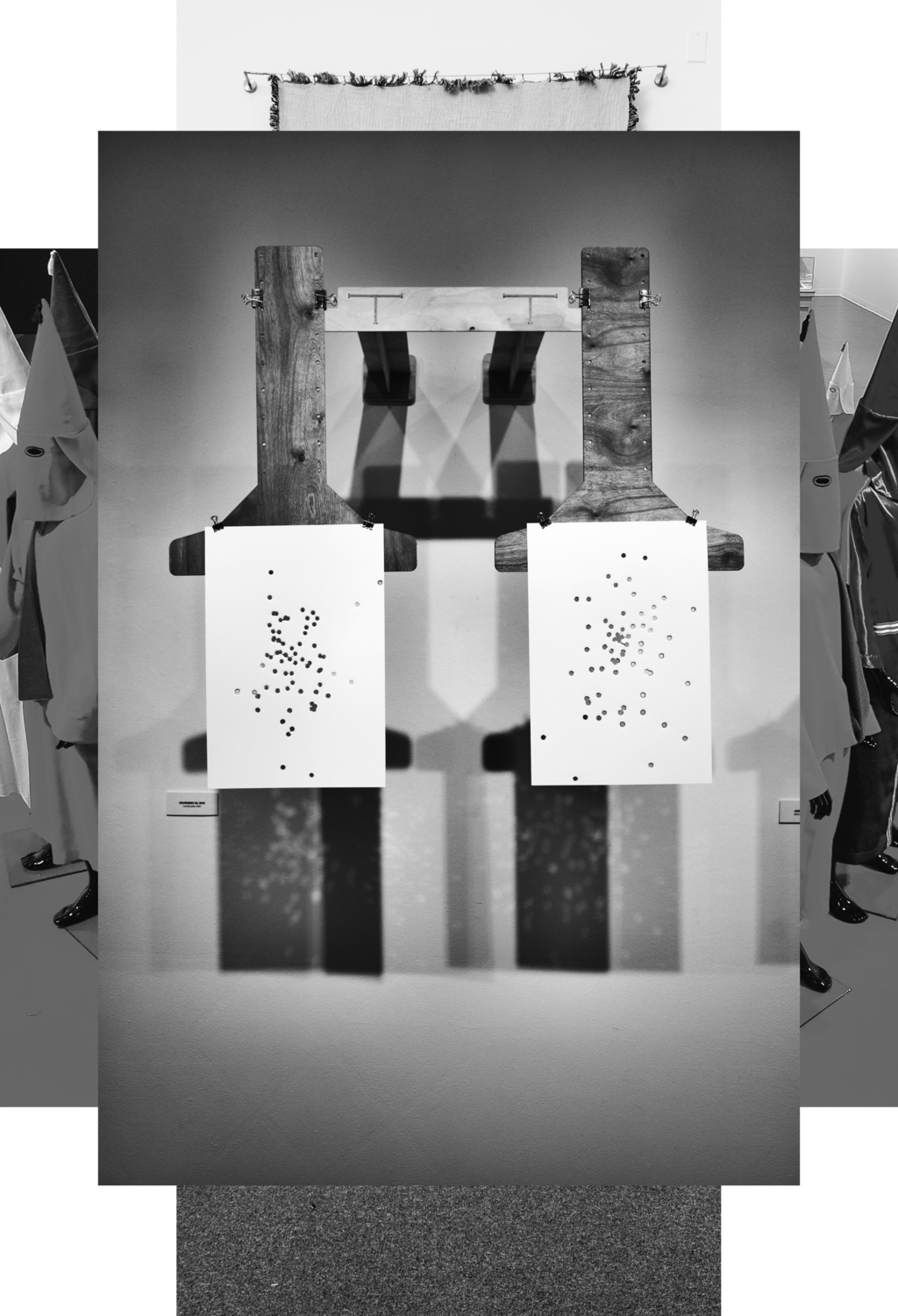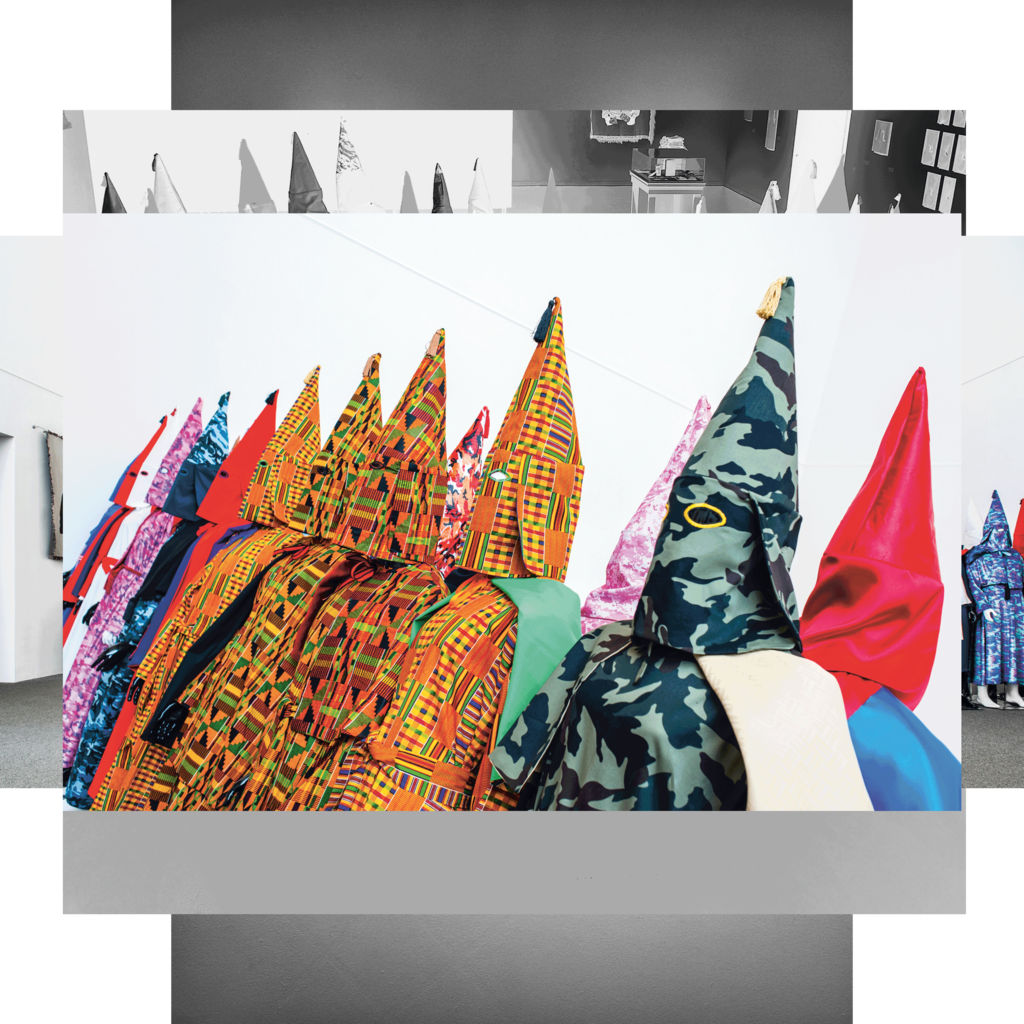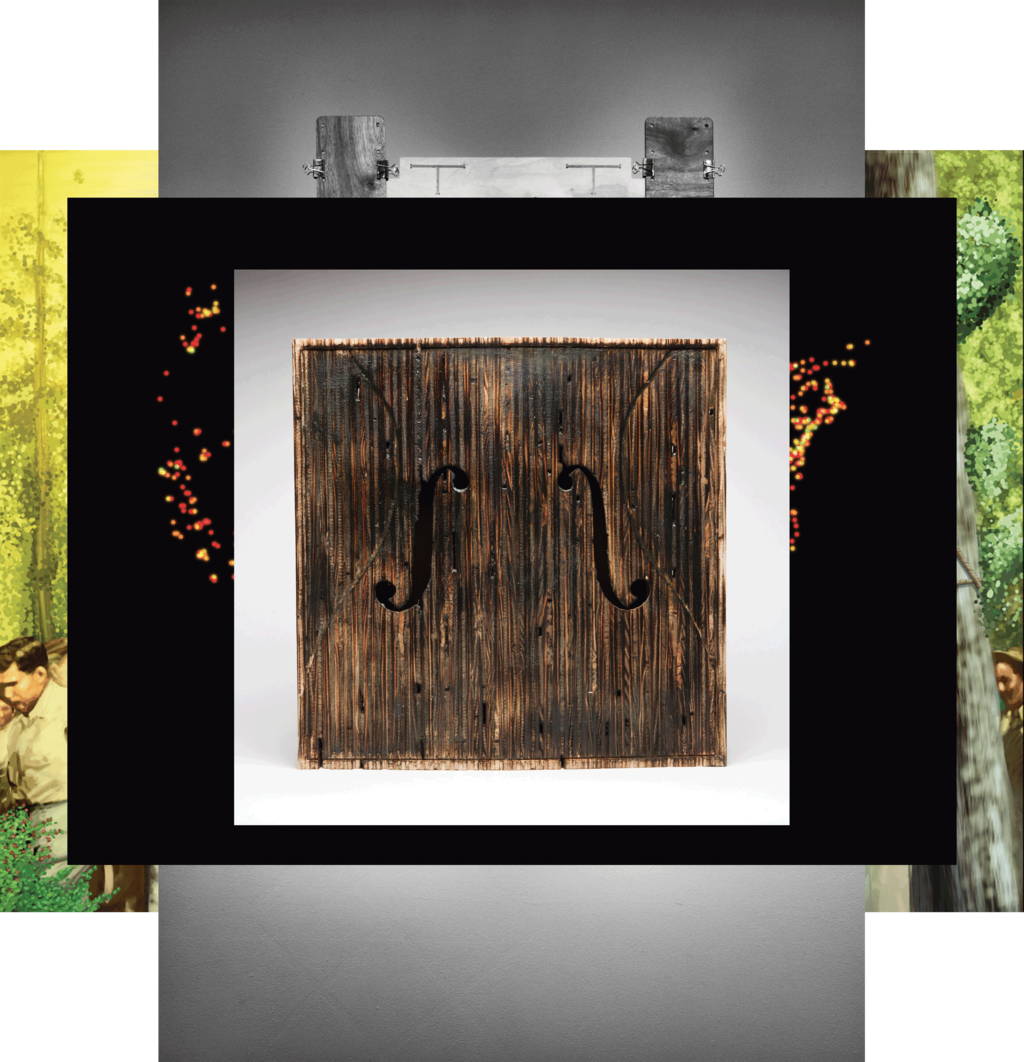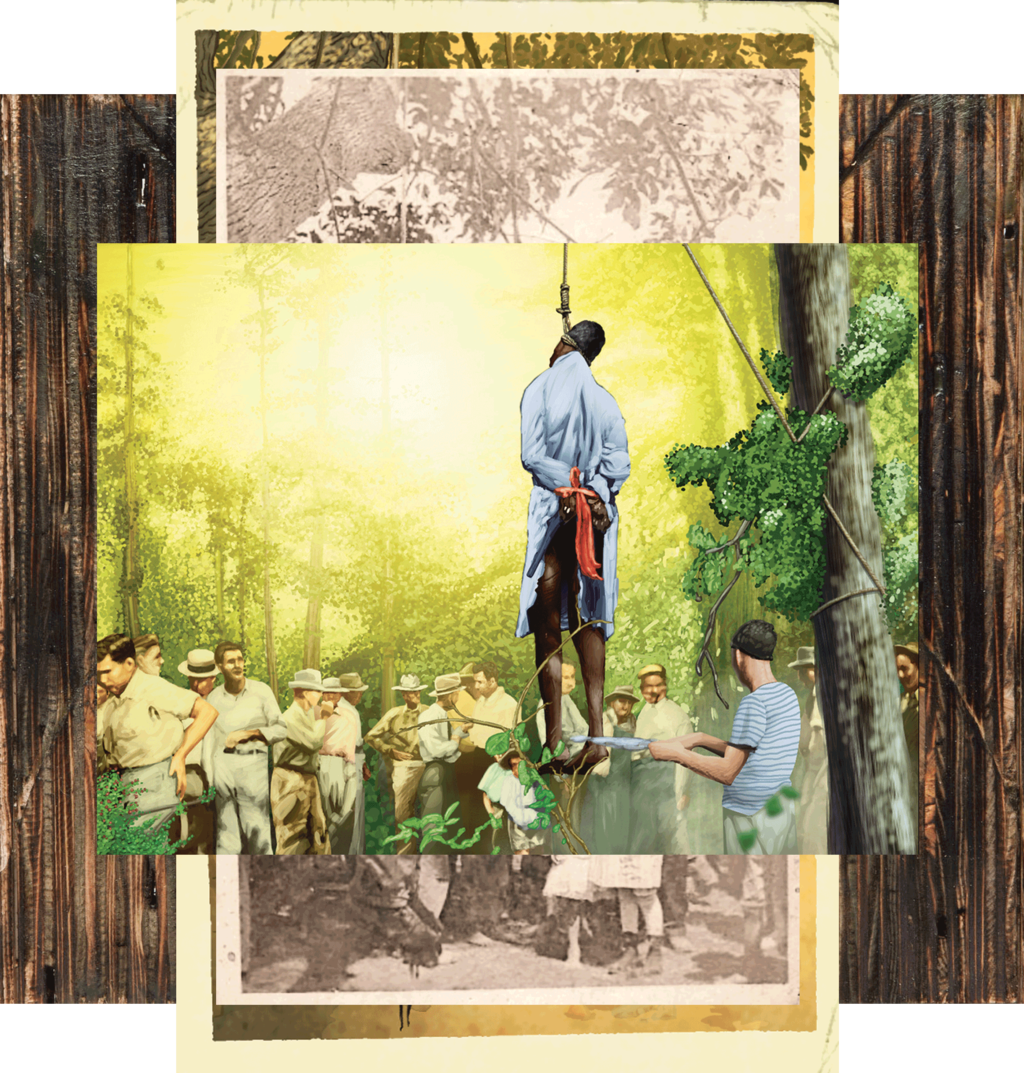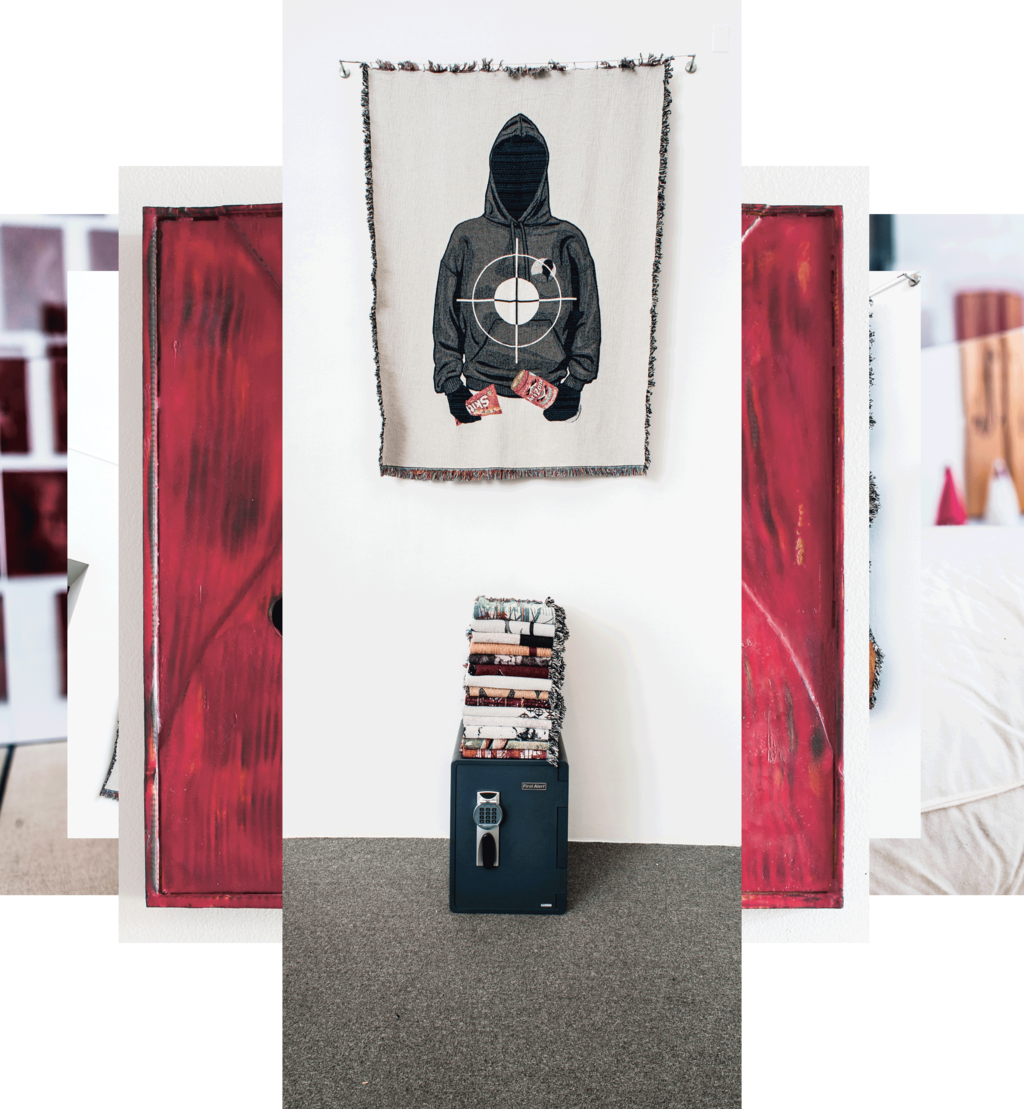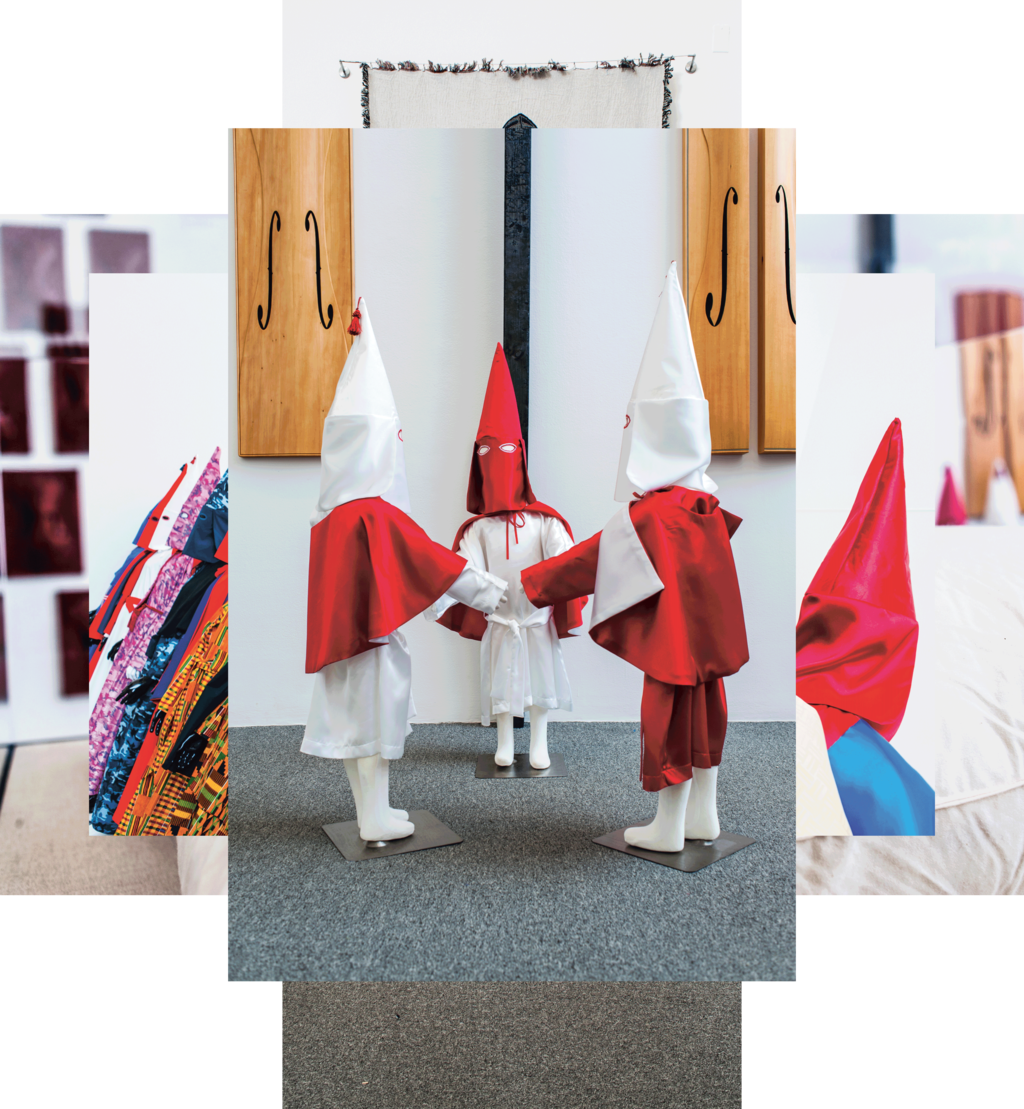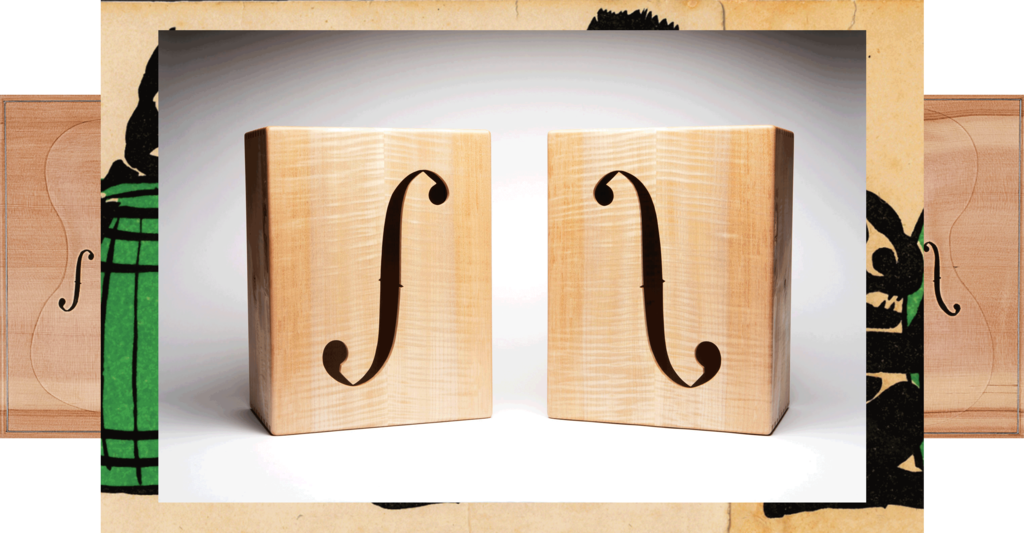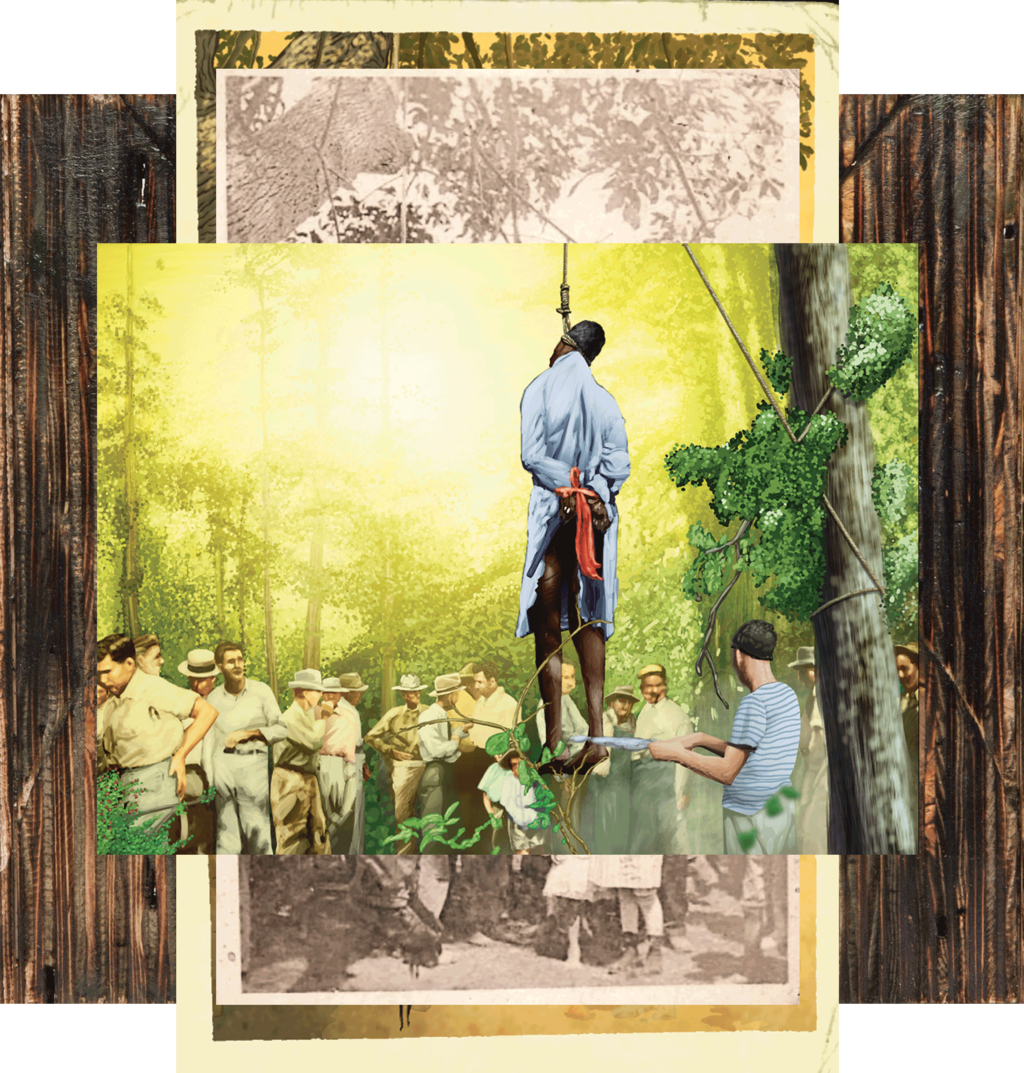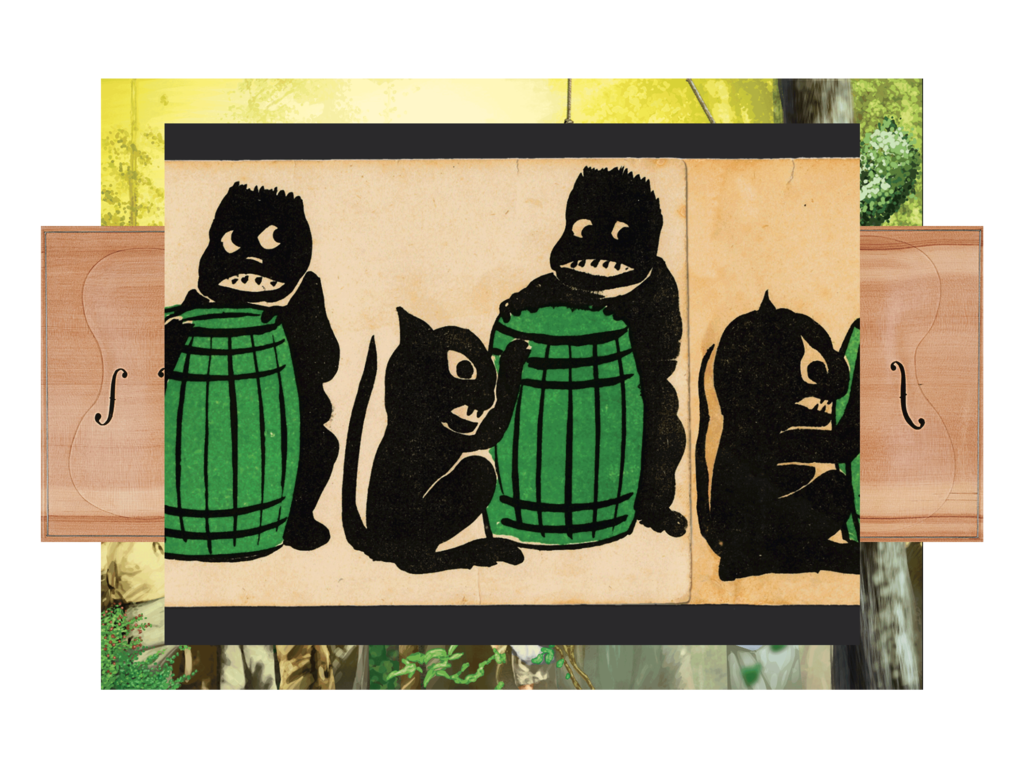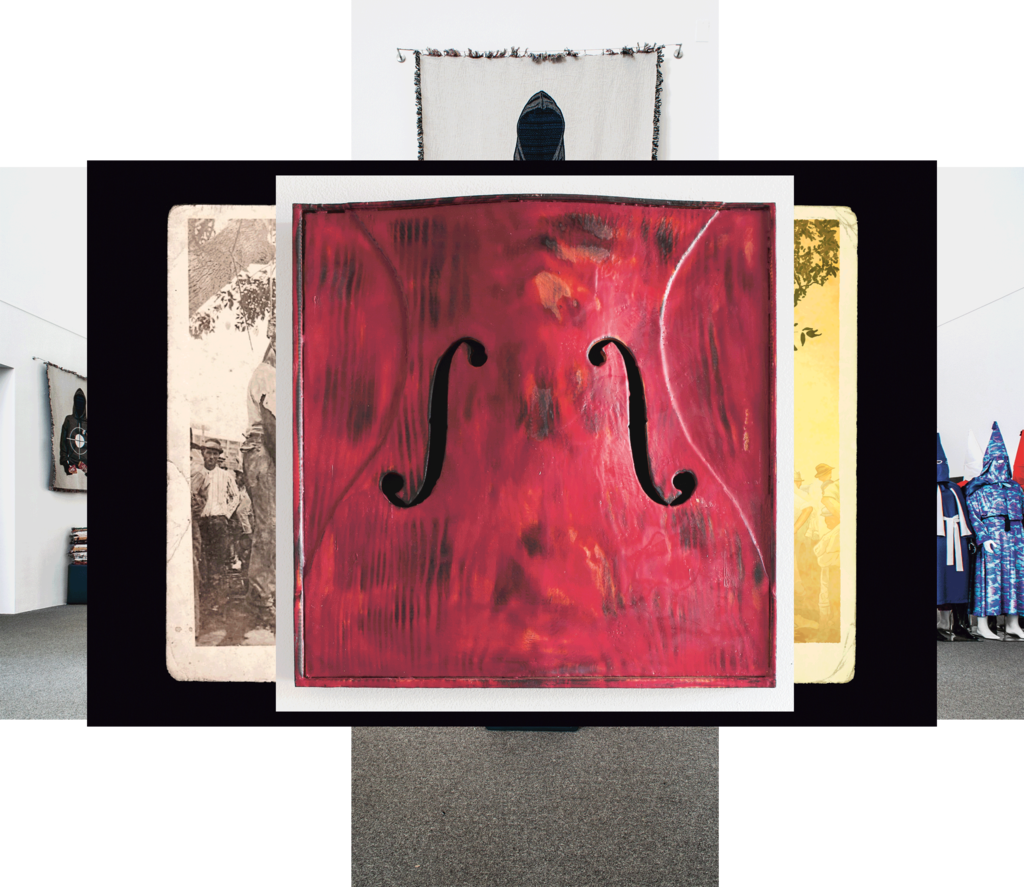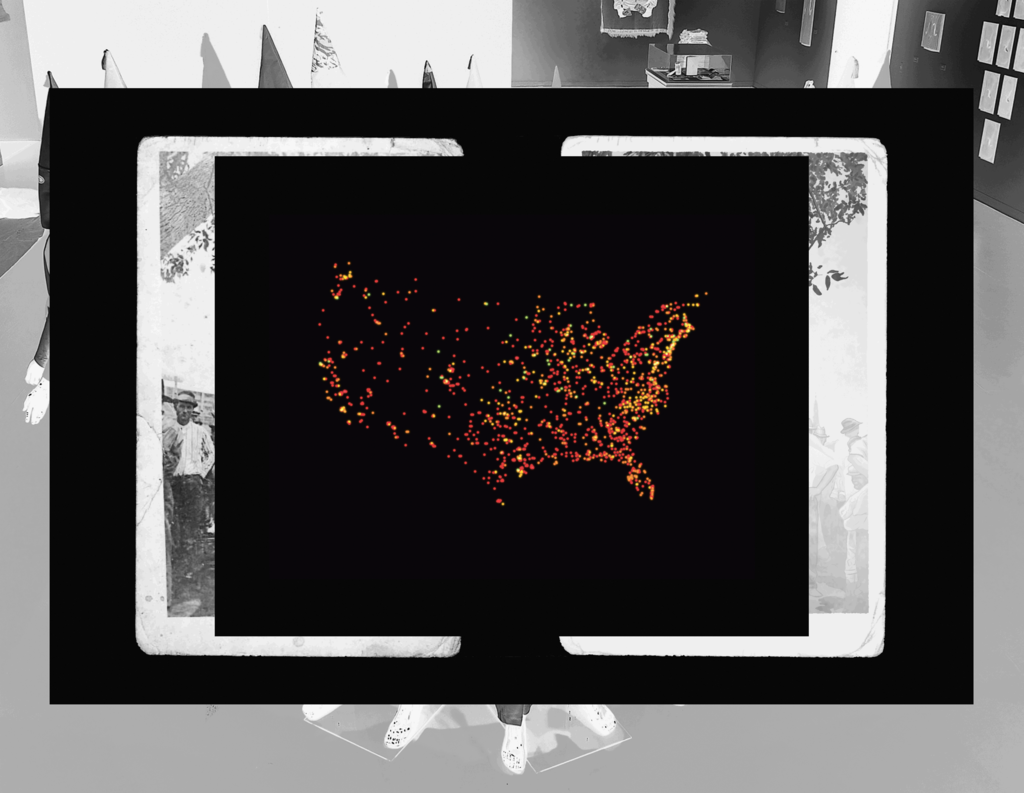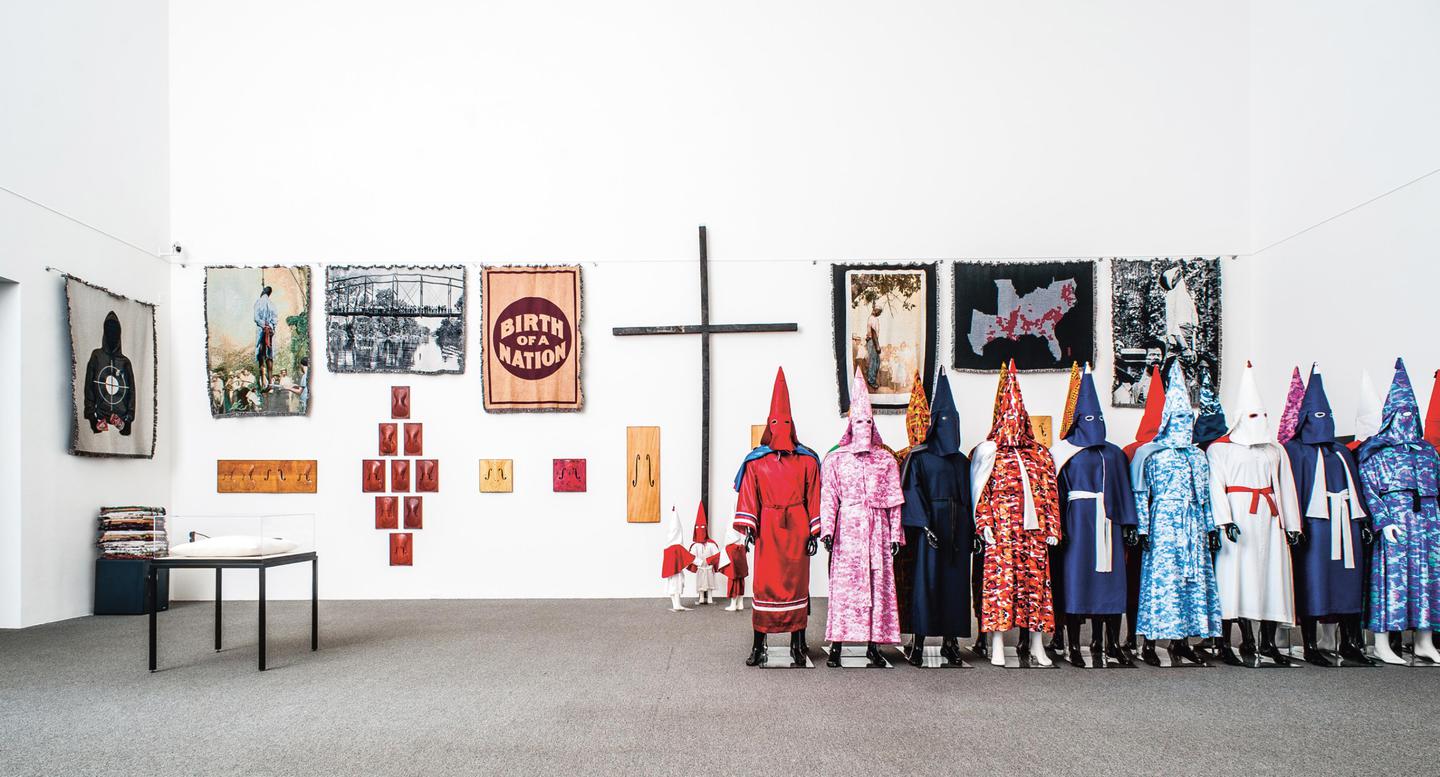
PAUL RUCKER
America Amplified
A musician-cum-conceptual artist, Paul Rucker’s been on a mission: originally hailing from South Carolina, his recent multi-media show “REWIND” (Baltimore Museum of Art) was the result of 20+ years of digging into American history and drawing connections between the nation’s dark historical underbelly and the status quo in US society. Essentially a show about history repeating itself over and over again, from KKK and lynchings to police brutality, from slave trading days to the insane, current prison system, Rucker’s work is – just like his current home Baltimore – indeed what he calls America Amplified.
Paul, first of all, what are you up to and how’s life these days?
Things are going extremely well this year. My latest retrospective, REWIND, installed at the Baltimore Museum of Art, has garnered a great deal of attention. It was named “Best Solo Show” of 2015 by Baltimore City Paper, and I won “Best Artist” of 2015. The recent artist award from the Baker Foundation in Baltimore along with the Baltimore Museum of Art show was a great way to finish the year.
How long have you been based in Baltimore, and how has being in the city influenced your most recent output?
I’ve been in Baltimore now for a little over two years. I moved here to be a research fellow at the Maryland Institute College of Art. I was the Robert W. Deutsch Foundation Artist in Residence and Research Fellow. Lots of conversations are happening around race and power in America, and more of that has come to the forefront in the recent unrest in Baltimore. I can do this work anywhere, but Baltimore is America Amplified. You can’t ignore that there are problems here. Disparities in access to jobs, education, and so many food deserts in poor neighborhoods. All balanced with people in the same neighborhoods who go to work, garden, send their kids to the neighborhood schools, and have commitments to this city, despite its issues. My work is definitely influenced by Baltimore, but it’s also influenced by my southern upbringing. I’m originally from South Carolina. That’s the biggest influence. What’s important to remember is, no city is immune from the problems my work addresses. I lived in Seattle for 18 years, and I can tell you first hand that the racism can be worse when you think it doesn’t exist, when it’s not in your face. From work place to the streets, to access to opportunities, and even more than ever, housing.
When did you first feel that itch to dig deeper into American history – to understand our current world a bit better… and hopefully to trigger change for the better?
When I find out about historical events that were not taught in school, I always have to ask the question “Why?” We can talk about Martin Luther King Jr. being assassinated, but there are many other significant figures that played arguably a much greater role in change, and were represented by people who were aware of the issues, but lived their daily lives regularly. The bombing on September 15, 1963 that killed four young black girls was an event shared by neighbors. That it happened on a regular Sunday at the 16th Street Baptist, and committed by their white neighbors indicates how much of the struggle is on the ground. But what changed was the national attention. In many ways, that type of attention was made possible during the outrage over the murder of Emmett Till in 1955. These were major turning points because they were all children who were murdered. When the past links to an unresolved past, it’s harder to correct mistakes and make change without the historical basis.
You were 24 when you first started documenting police violence and incarceration… what was your vision when you first started out?
What I wondered about the most was accountability. After we all witnessed Rodney King being brutally beaten by the LAPD, I thought, what would lead to an officer actually being prosecuted for a beating or murder? The truth is, it rarely happens. Many times millions of dollars are paid out to the families of the victims without any admission of guild. Being “charged” is quite a long way from being “convicted”. Take a look at the recent case in Cleveland with officer Michael Brelo. On Nov. 29, 2012, Malissa Williams and Timothy Russell were shot and killed after a 22-mile high-speed chase through Cleveland, Ohio involving 104 police officers. Russell was shot 23 times and Williams 24 times. Neither of them was armed. Officer Brelo kept firing after the others stopped, jumped onto the hood of the victims’ car, and shot approximately fifteen additional rounds. He was acquitted of murder. Now the Guardian is keeping track of shootings by the police in the US. It has not been a priority for state, local, or federal agencies in the US to keep track of that information. When you see the disproportionality of who is getting shot by police, and how often, then we can have data to back up our theories.
Do you think you’d nowadays be touring as a musician if the LA Riots hadn’t happened?
Definitely. I still play, and am planning a cross-country tour soon. I feel that visual art and music give me two ways of approaching the same issues.
Did you even dream of doing something as large and complex as “Rewind” 23 years later?
Not at all. I created a CD of music featuring some wonderful musicians in Seattle such as Bill Frisell, Hans Teuber, and Jay Roulston. It’s based on the Tuskegee Experiment in which there was a study of the natural progression of untreated syphilis in rural African-American men in Alabama. This went on between 1932 and 1972.
And you actually saw people marching in robes – in 1989?
Definitely. You can see an occasional march now depending on where you live. I’m from South Carolina, and marches happened frequently when I was a child. The one I referenced in 1989 was in Augusta, GA. One day in 1989, during a time when I was performing with the Augusta Opera Company, I ordered lunch to go, because it was a beautiful afternoon. As I sat downtown, a reporter ran up and asked, ‘Do you know what’s going on?’ I told him I didn’t. He said, ‘There’s a Klan rally!’ I watched as the robed figures marched by—mostly white robes were used then. The robes I make are based on ones sold in the 1920s. The Ku Klux Klan boasted, but never verified, a membership of 15% of the US male population, about 4-5 million. The presence of the Klan is still all around, wearing the robe is not required to support and deliver the message.
Tell me about your stay at the Blue Mountain Center. Was that when you shifted from music to other art forms?
Blue Mountain Center is when I thought of creating my most well known piece: Proliferation. I wanted a visualization using data as the illuminating factor, an animation of the US Prison System, and its geographic coverage. Art can tell stories. For years I would talk about injustice by reciting numbers and statistics. When you say, “We have over 2.3 million people in prison,” it’s too large of a number to comprehend. So, during a residency around prison issues at the Blue Mountain Center in New York, I found some maps that I felt could help tell the story. Proliferation shows the growth of the US prison system from a celestial point of view. Using different colors to indicate different eras, the viewer can clearly see the astonishing growth of this system over time.
Having followed these developments so closely for more than two decades, do you feel like it’s all been downhill for US society since you first started paying attention and looking into this?
That’s a difficult question. We know so much more now because of technology. Internet, smart phones, Twitter… all shine a light on what already has been there. The murder of Walter Scott on April 4, 2015, in North Charleston, South Carolina would have never been seen if there was no cell phone video. Imagine if we had access to cell phones with video 20 years ago?
Can you describe your relationship to your country in a few sentences?
Not really. Too many layers. Being from the south, I have a different experience than say if I were born in New York or California. Having the unspoken, or the distorted history of how black Americans arrived here adds to the layers of complexity to the relationship. A recent textbook by the publisher McGraw-Hill called African immigrants “workers” and not “slaves.” Until we adopt an accurate and truthful history as a curriculum, the relationship will be strained.
I imagine it’s not easy to find money to support your work, or was it?
Not easy at all. When I started this work years ago, no one wanted to fund work around incarceration, slavery, lynchings, shootings by police, etc. I’ve been fortunate over the past few years I’ve received funding from an amazing organization called Creative Capital. They are the main force behind helping me find resources to produce REWIND, I’ve also received funding for a performance that utilizes vintage lynching postcards from the MAP Fund, another great arts funder. I feel very fortunate, but the early support was not there.
One of the things that link your different projects is the replacement of old systems by newer systems… often connected to money/cash flow… can you elaborate?
From plantations to penitentiaries; from slaves to convicts: Both are quite profitable systems. Many older prisons were former plantations such as Angola in Louisiana. I animated the slave population of 1860 as well as the prison population. Many people don’t know about the “convict leasing program” in which prisons provided prisoner labor to private parties, such as plantation owners and corporations. The lessee was responsible for feeding, clothing, and housing the prisoners. It’s harder to make the connections without knowing the history, once you do, you can see the pattern. I created a 30 page newspaper you can find on my website. It gives a great deal of information to help understand the parallels.
Apart from showing developments and connections people might not have been aware of prior to seeing the show (or flipping through that newspaper) – what are your goals in terms of “engagement” and actual change?
I believe in public engagement. It’s a big part of my practice. During the first show of REWIND, I was in the gallery to answer questions as much as I could. There was a four-hour Saturday workshop we organized with Liz Lerman. Several artist talks that allowed people to respond. We have to have engagement when major issues are brought up.
Musician, historian, artist… which of those do you use when introducing yourself to a stranger at a party?
I usually just say artist, and if they want to know more, then I continue.
Since you’re also a musician, I would like to hear your thoughts on hip-hop/rap – because it used to actually do a lot of what your work does: put the record straight & show the other side of the story.
I love early hip-hop. We need a larger space to reflect on today’s hip-hop. The best things are not on the radio now.
Do you still have enough time for your various musical projects? Large Ensemble?
The economy made it more difficult to have the Large Ensemble shows. Hopefully that will change soon. I have a 5-piece band as well. Mostly solo cello performances these days.
How did David Lynch hear about your music? What did you play for the opening of “Inland Empire”?
He heard about me from an author who was working with him on a book. I played twice for him, and both times the performance was improvised. I met with him the day before the show, and he gave me the visuals and motivations. He’s a very thoughtful being.
Do you plan to keep working in this line – or could you imagine yet another shift, into politics, for example?
Anything is possible.
How are your feelings about the reactions to the show? Did you expect more or less?
After The Huffington Post review, and The Root, information about my show went briefly viral. The thousands of comments ranged all over the place. My skin got tough, almost over night. My show is different things to different people, and that’s the beauty of art.
“REWIND” is closing now… what’s next for you?
I’m creating a piece for the Baltimore Light City Festival. Called Walking in the Light of a History, it answers the Light City’s call for an arresting display of lights and ideas, accessible to all, with multiple participatory entry points along the streets in the Inner Harbor. In the decades leading up to the Civil War, Baltimore was a major center for the transactions supporting for domestic, or US-born, person of African descent trade. Nearly every business along Pratt Street had some affiliation with this lucrative economy. So, bringing light to the history of Baltimore during Trans-Atlantic Slave trade.
Good luck with that! By the way: why is there no Wiki page about you?
Don’t know.

